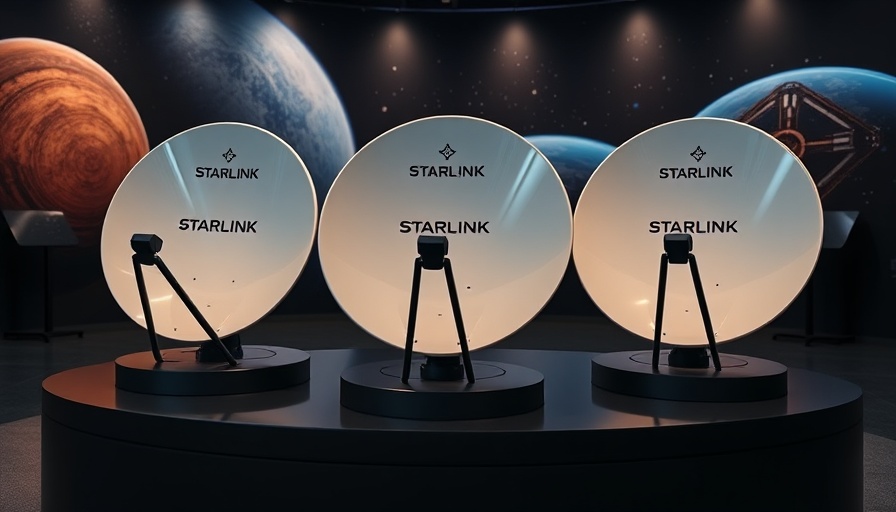
How Howard Lutnick is Leveraging Starlink for US Broadband
In an intriguing turn of events, Howard Lutnick, the Commerce Secretary, has thrown his support behind Elon Musk's Starlink as a key player in reshaping the U.S. broadband landscape. This endorsement comes amidst a significant pivot in policy regarding federal communications funding, particularly with the $42 billion Broadband Equity, Access, and Deployment (BEAD) program. Previously dominated by fiber-optic solutions, this program is now changing its tune, broadly favoring all forms of internet connectivity, which opens the door for Musk’s venture.
Understanding the Shift in Internet Delivery
Starlink offers satellite-based internet services that can potentially reach areas overlooked by traditional providers. By beaming signals from thousands of satellites in low Earth orbit, it provides connectivity where surface infrastructure is lacking—a boon for rural communities and low-income areas. However, while Starlink boasts convenience and broad reach, it struggles with speed compared to fiber-optic networks. Current download speeds of 50 to 100 Mbps fall short of the FCC's minimum broadband standard of 100 Mbps.
The Federal Government's New Stance
Lutnick's move to normalize funding for satellite internet as part of the BEAD initiative is raising eyebrows. Critics argue this shift might prioritize quick fixes over long-term solutions that fiber-optic installations would provide, which also promise lasting connectivity for decades to come. With Lutnick's assertion that the previous requirements were "pointless," the implication is clear: satellite internet may soon receive a significant infusion of federal dollars—potentially upwards of $10-$20 billion.
The Competitive Landscape: Musk vs. Traditional Providers
The competitive dynamics in telecommunications may irrevocably shift due to Musk's growing influence. Federal agencies, including the FAA, are currently testing whether Starlink can replace existing communication systems, a move indicative of Musk's increasing entrenchment within government frameworks. Critics contend that this preferential treatment could undermine existing contracts with providers like Verizon, as evidenced by the FAA’s considerations of Starlink for air traffic communications.
Voices of Concern
This noteworthy shift in broadband policy raises concerns about a single individual having undue influence over American telecommunications. Musk's growing power means critical communication infrastructure could rest in the hands of a private entity without adequate checks and balances. Experts fear the implications could be dire, especially if service reliability falters or if decisions are made that prioritize profit over public utility.
Looking Ahead: Impacts on Users and Rural Connectivity
Should this new policy framework encourage reliance on satellite services like Starlink, it could mean mixed results for users. Those in particularly underserved areas may finally gain access to internet services, but at what cost? While Starlink does provide quicker deployment, its technological limitations could leave many unsatisfied if the connections do not improve before full-scale adoption.
Conclusion: A Call for Balanced Solutions
The shift towards integrating Starlink into the federal broadband initiative presents a nuanced challenge that warrants close scrutiny. While there is potential for expanded internet access in historically underserved areas, the spotlight must remain on ensuring quality and reliability. As discussions about funding and connectivity unfold, stakeholders must advocate for a balanced approach that weighs speed against durability and equity.
The evolving broadband conversation is vital to watch for all stakeholders, and it raises larger questions about the future of internet accessibility across the U.S. The imminent impacts of these decisions, particularly on rural and economically disadvantaged communities, necessitate careful attention and action.
 Add Row
Add Row  Add
Add 



Write A Comment